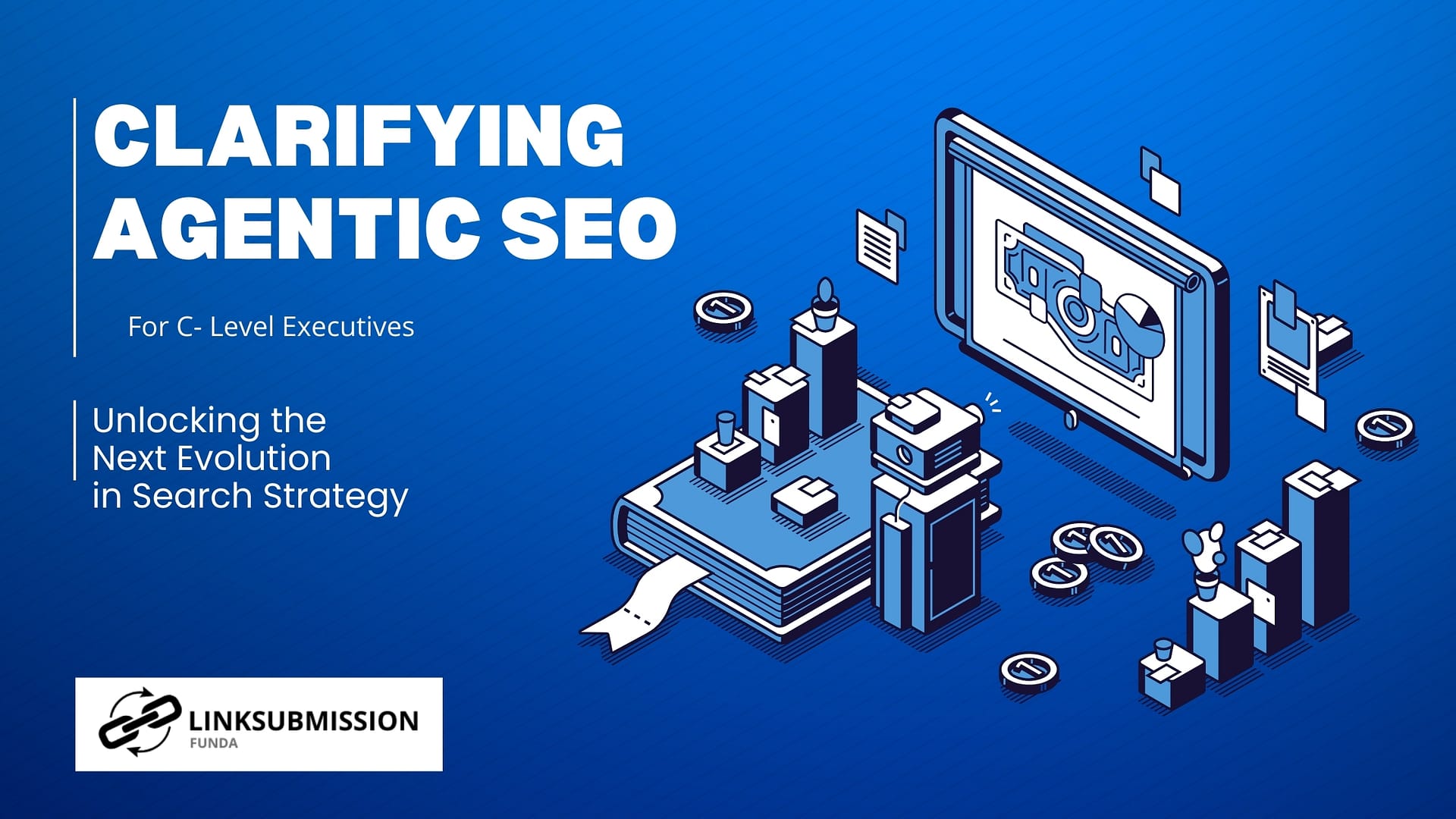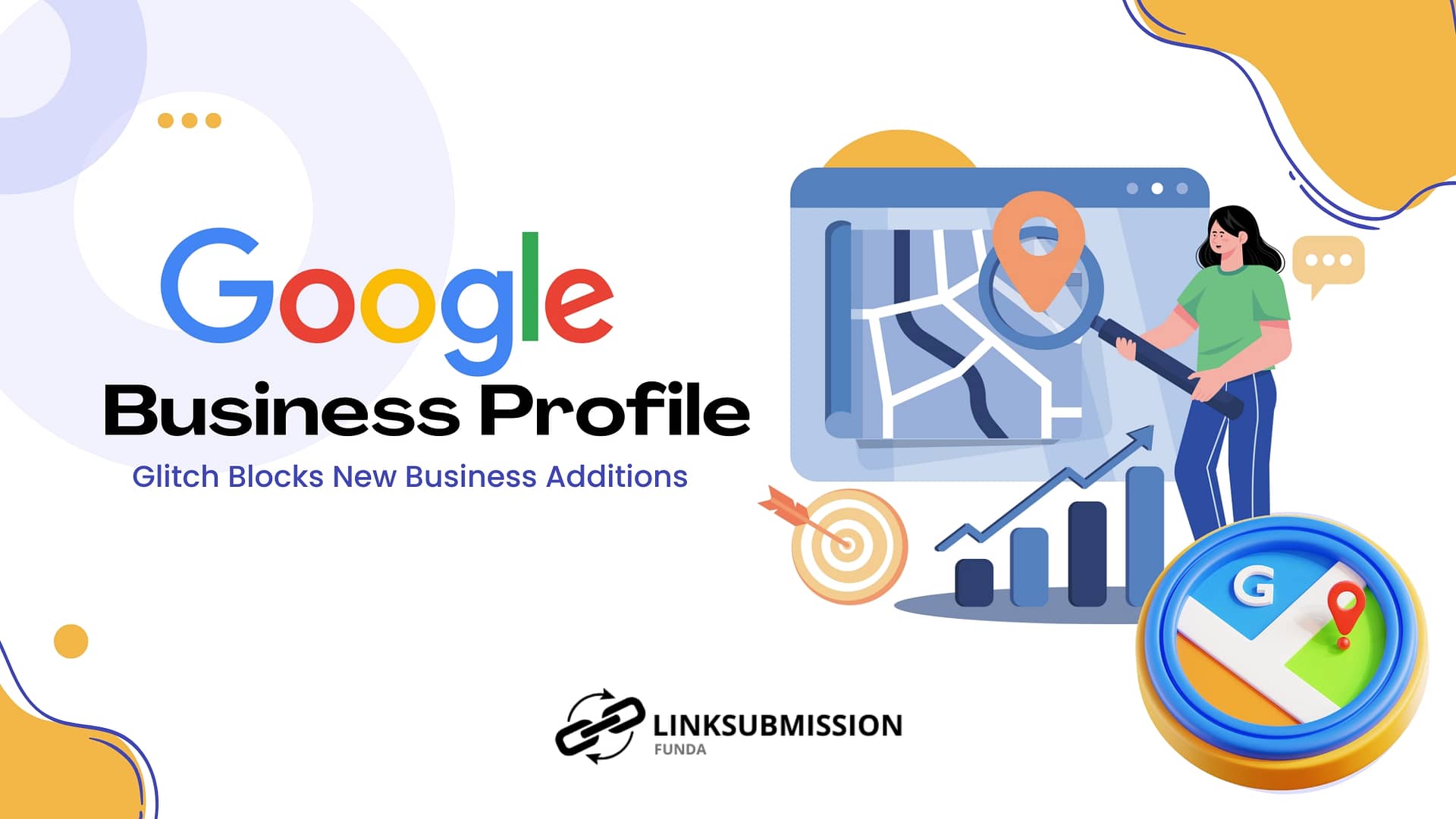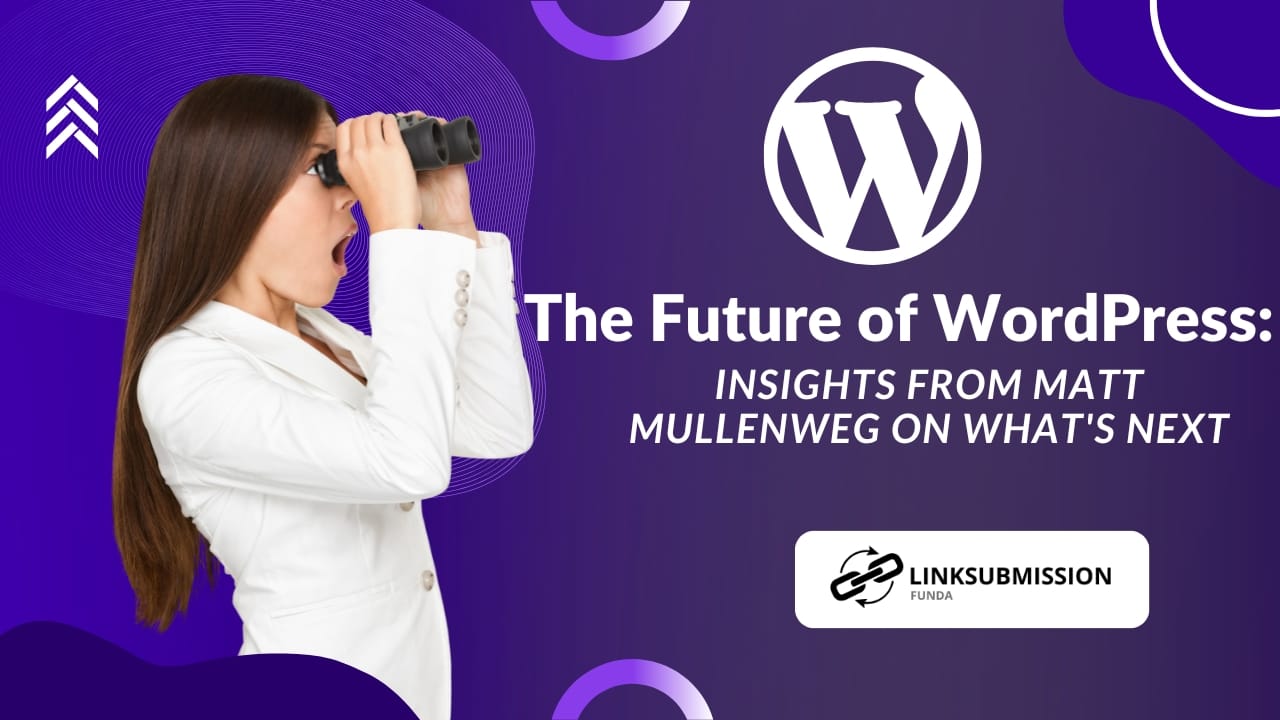In today’s digital ecosystem, the way users find information is undergoing a fundamental shift. Increasingly, queries on search engines like Google are being answered instantly on the results page—without the user ever clicking through to a website. These so-called zero-click searches are fast becoming a dominant phenomenon, and for digital marketers this is both a challenge and an opportunity.
What exactly is a zero-click search?
A zero-click search happens when a user enters a query and the answer appears directly on the search engine results page (SERP), so there’s no need to click to a separate website. For example:
- A featured snippet at the top of Google summarises an answer directly.
- A “People also ask” accordion expands to reveal an answer.
- A knowledge panel shows key facts for a person, brand or place.
- AI-generated summaries or overviews now appear in some queries.
The growing prevalence of these kinds of results means that users can satisfy their information needs without ever visiting a third-party site.
Why is this happening now?
Several forces are converging to support this trend:
- The dominance of mobile devices means users expect quick, direct answers rather than digging through multiple links.
- Search engines increasingly prioritise answer-first experiences: Google’s rich results, structured data (schema), and AI-driven responses remove the need to send users elsewhere.
- Voice search and smart assistants also favour bite-sized answers rather than traditional click-through paths.
In short: the user landscape has changed, and the search experience is evolving with it.
Impact on digital marketing & SEO
For brands, agencies and content owners, the zero-click era raises critical questions about visibility, traffic and strategy.
Traffic loss risk: Because many queries are now answered on-page, fewer users click through to a website. Some data indicate that in the US and EU, nearly 60 % of searches end without a click. That means traditional metrics—pageviews, click-throughs, organic traffic—may decline, even if visibility remains high.
Changing value of visibility: Getting into the “answer zone” (featured snippet, knowledge panel, etc) may matter more than simply being ranked on page 1. Being featured means exposure and brand authority—even if the click doesn’t happen.
Emerging optimisation strategies: The focus shifts from click-through optimisation to answer-first optimisation. Some relevant tactics:
- Structure content for direct extraction (clear question/answer format, concise definitions).
- Use schema markup and structured data to help search engines interpret your content.
- Expand your measurement beyond traffic to include brand impressions, SERP visibility, entity presence.
What this means practically for your marketing
As someone working in digital marketing (and aware of brand-building via social, services, etc) you should consider the following:
- Broaden the definition of success.
If your website is being cited or shown on the SERP—even without a click—that still builds awareness. Track features like schema exposure, knowledge panel presence, query impressions. - Optimize for being the source, not just the click.
Think: how can your brand or content be the one summarised or cited by the search engine? That means becoming authoritative and clear on topical clusters. - Leverage other channels more aggressively.
With SERP clicks under pressure, social platforms (Instagram, LinkedIn, YouTube) and other ecosystems become even more important. Drive brand engagement beyond just organic search traffic. - Create layered content strategy.
Have content that:
- Answers short queries (for zero-click opportunities)
- Provides deeper value that encourages deeper engagement or conversion (where click matters)
- Supports your brand presence across platforms
- Answers short queries (for zero-click opportunities)
- Focus on user intent & context.
Zero-click occurrence is especially strong for informational queries (“what is…”, “how to…”, “when is…”). For transactional or very niche content, clicks still matter heavily. Tailor your strategy accordingly.
Final thoughts
The rise of zero-click search represents a shift, not the end of search. It’s a transformation in how users consume information—and how brands need to align. Instead of purely thinking “get clicks”, digital marketers must now think “get into the answer” or “get seen where the answer lives”.
For your work—whether you’re promoting traditional wear, co-working spaces, tour packages, or digital services—this means leaning more into being the authoritative voice, optimising for visibility in new search mechanics, and measuring success beyond just website visits. In the changing landscape of search, it’s not the click that counts first—it’s the connection and brand impression you make at the very moment someone asks a question.





